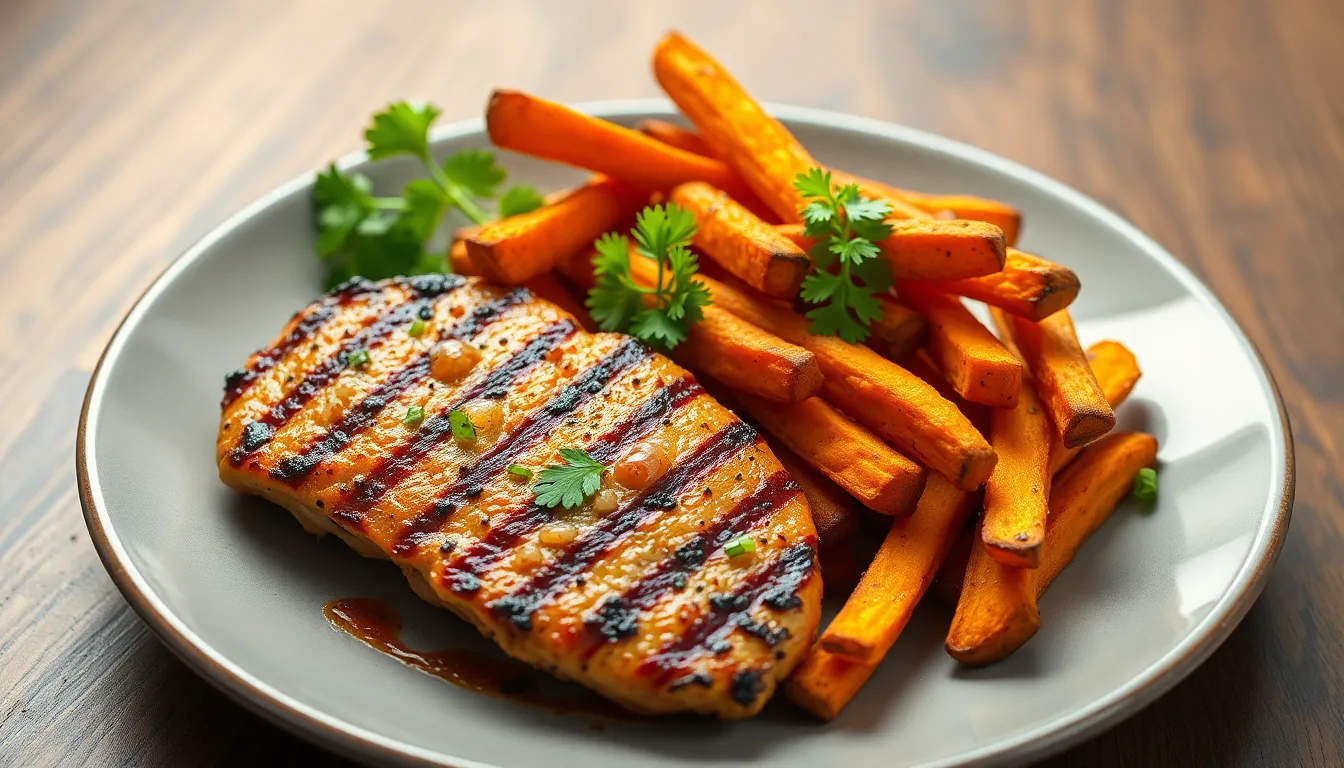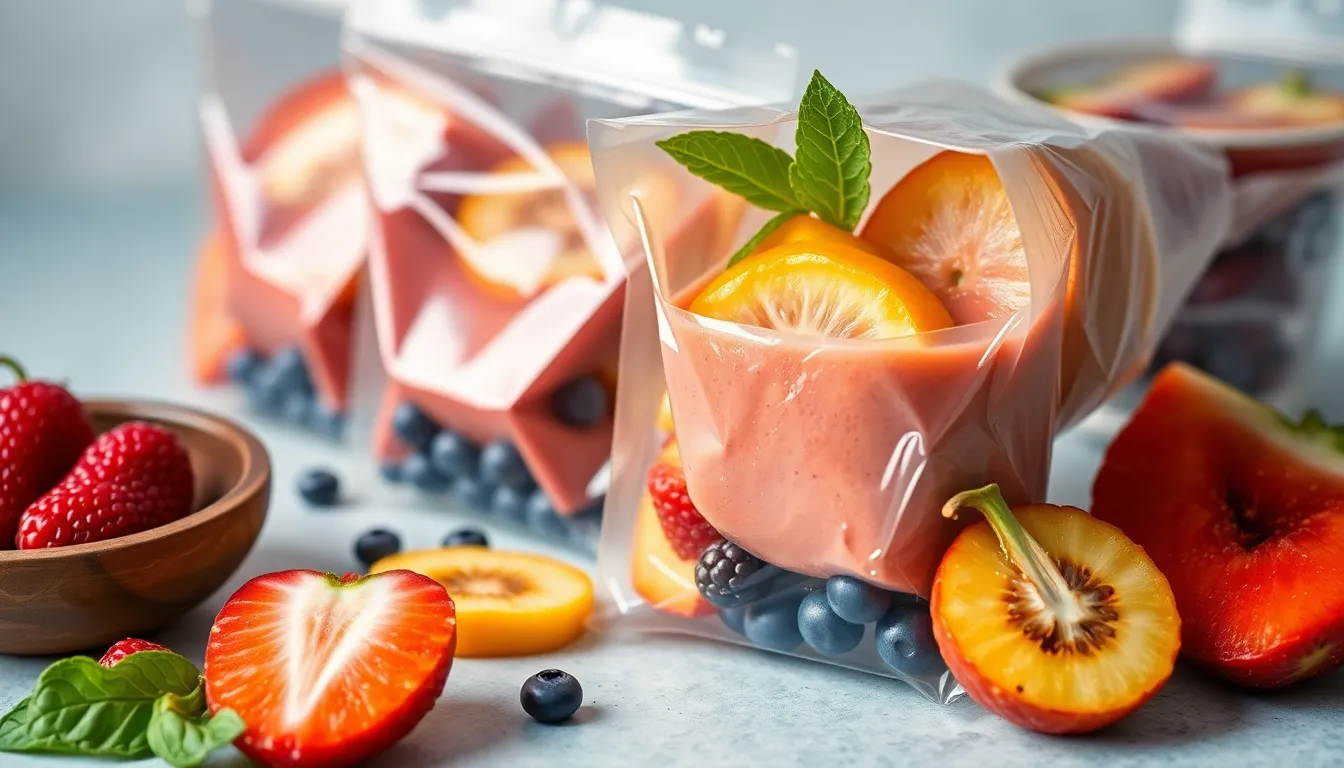Herbs vs. Spices: Understanding the Differences in Flavor and Use
Herbs and spices are essential components of cooking that can elevate dishes, create depth of flavor, and tantalize the taste buds. They have been used for centuries, not just for seasoning but also for their medicinal properties. Understanding the differences between herbs and spices can enhance your culinary skills, enabling you to select the right ingredient for each recipe and appreciate the unique characteristics they bring to your cooking.
Section 1: What Are Herbs?
1.1 Definition
Herbs are the leafy green parts of plants that are used for flavoring, garnishing, or as a component in cooking. They are typically used fresh or dried and are known for their aromatic qualities. Herbs can be categorized as perennial, biennial, or annual and are usually grown in gardens or pots for easy access.
1.2 Common Culinary Herbs
Here are some of the most popular herbs used in cooking:
- Basil: A sweet and fragrant herb commonly used in Italian cuisine.
- Parsley: A versatile herb that adds freshness and color to dishes.
- Cilantro: A bold herb with a distinct flavor, popular in Mexican and Asian dishes.
- Thyme: An earthy herb that pairs well with meats and vegetables.
- Oregano: A robust herb often used in Mediterranean cooking.
1.3 Flavor Profile
Herbs typically offer fresh, bright, and aromatic flavors. They can range from sweet to savory and often provide an added layer of complexity to dishes. For example, basil’s sweet notes make it perfect for pesto, while thyme’s earthy taste complements roasted vegetables and meats. Herbs are usually added towards the end of cooking to preserve their delicate flavors, although some can withstand longer cooking times.
Section 2: What Are Spices?
2.1 Definition
Spices are derived from other parts of the plant, such as seeds, bark, roots, and fruits. Unlike herbs, spices often come from non-leafy parts and are typically used in dried form. They can impart strong flavors and aromas that can dominate a dish.
2.2 Common Culinary Spices
Here is a list of popular spices frequently used in cooking:
- Cinnamon: Sweet and warm spice, often used in baking and desserts.
- Cumin: Earthy and slightly nutty, commonly used in Middle Eastern and Indian cuisines.
- Pepper: A pungent spice that adds heat, available in different varieties (black, white, red).
- Turmeric: Known for its vibrant yellow color and earthy flavor, often used in curries.
- Nutmeg: Sweet and warm, often used in sweet and savory dishes alike.
2.3 Flavor Profile
Spices generally carry a stronger and more concentrated flavor than herbs. They can range from sweet to spicy, smoky to sharp. For instance, cumin’s warm flavor is essential in chili, while turmeric’s earthy notes are a staple in many curry dishes. Spices are usually added at the beginning of cooking to allow their flavors to infuse into the dish, although some spices, like nutmeg, are often added at the end to preserve their aromatic qualities.
Section 3: Key Differences Between Herbs and Spices
3.1 Botanical Differences
The primary botanical difference between herbs and spices is the part of the plant from which they are derived. Herbs come from the leaves of the plant, while spices are made from other parts, such as seeds, roots, fruits, or bark. This distinction affects their flavor profiles, uses, and methods of preservation.
3.2 Culinary Uses
Herbs and spices are used differently in culinary practices:
- Herbs are often used fresh to brighten dishes or as a finishing touch.
- Spices are typically used in dried form and can add depth, warmth, or heat to dishes.
- Herbs are often added towards the end of cooking, while spices are usually included early on to develop their flavors.
3.3 Nutritional Benefits
Both herbs and spices offer a range of health benefits:
- Herbs: Many herbs contain antioxidants, vitamins, and minerals. For example, parsley is rich in vitamin K and vitamin C.
- Spices: Numerous spices have anti-inflammatory and antimicrobial properties. Turmeric is known for its active compound curcumin, which has several health benefits.
Incorporating a variety of herbs and spices into your diet can contribute to overall health and well-being.
Section 4: Flavor Pairing Guide
4.1 Complementary Flavors
Understanding how herbs and spices can work together can enhance your culinary creations. Here’s a helpful table that outlines some common herbs, their flavors, and suggested complementary spices:
| Herb | Complementary Spices |
|---|---|
| Basil | Oregano, Black Pepper |
| Cilantro | Cumin, Chili Powder |
| Thyme | Rosemary, Sage |
| Parsley | Garlic Powder, Paprika |
| Oregano | Red Pepper Flakes, Marjoram |
Section 5: Tips for Using Herbs and Spices in Cooking
5.1 Fresh vs. Dried
When cooking with herbs and spices, understanding the difference between fresh and dried is crucial:
- Fresh Herbs: These typically have a brighter flavor and are best used at the end of cooking or as a garnish.
- Dried Herbs: These are more concentrated in flavor and can withstand longer cooking times, making them ideal for slow-cooked dishes.
5.2 Storage Tips
To maintain the freshness and potency of your herbs and spices, consider the following storage tips:
- Store dried herbs and spices in airtight containers, away from direct sunlight, heat, and moisture.
- For fresh herbs, wrap them in a damp paper towel and place them in a plastic bag in the refrigerator.
- Consider freezing fresh herbs in ice cube trays filled with olive oil for long-term storage.
5.3 Experimenting with Flavors
Don’t be afraid to experiment with different combinations of herbs and spices in your cooking. Here are a few suggestions to get you started:
- Mix cumin and coriander for a flavorful rub on meats.
- Try adding fresh basil to a tomato sauce to enhance its flavor.
- Combine thyme and rosemary for a delightful herb blend perfect for roasted vegetables.
Experimenting can lead to discovering new favorite flavor combinations that elevate your dishes to new heights.
Conclusion
Understanding the differences between herbs and spices is fundamental for any cook looking to improve their culinary skills. Both play a vital role in creating delicious and aromatic dishes, and knowing how to use them effectively can transform ordinary meals into extraordinary experiences. So, embrace the world of herbs and spices, and let your creativity flourish in the kitchen!




